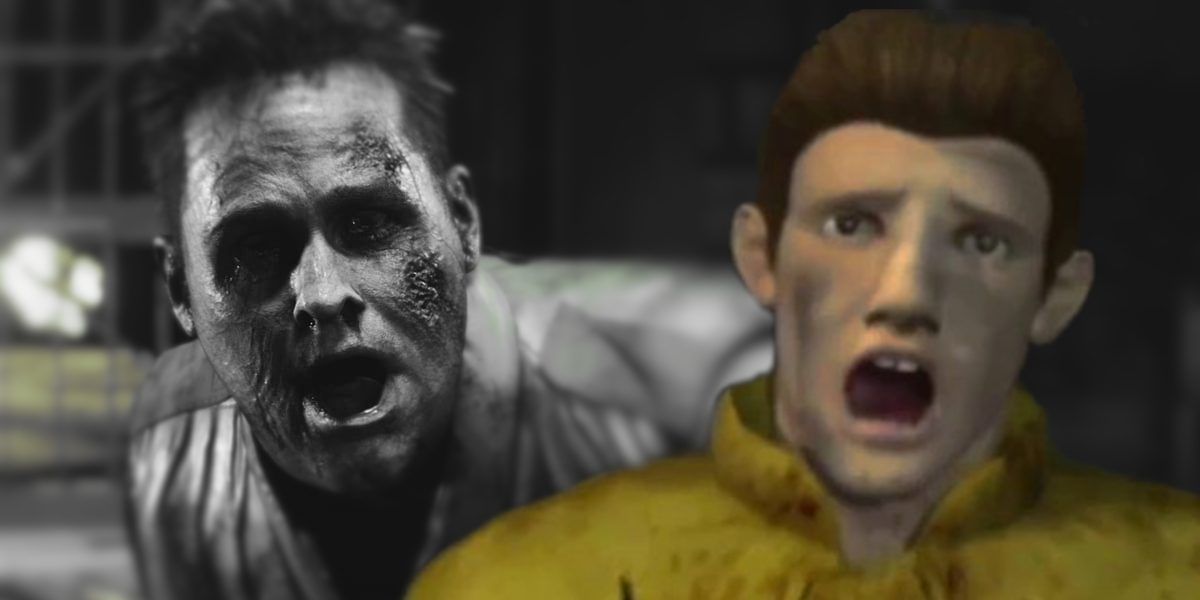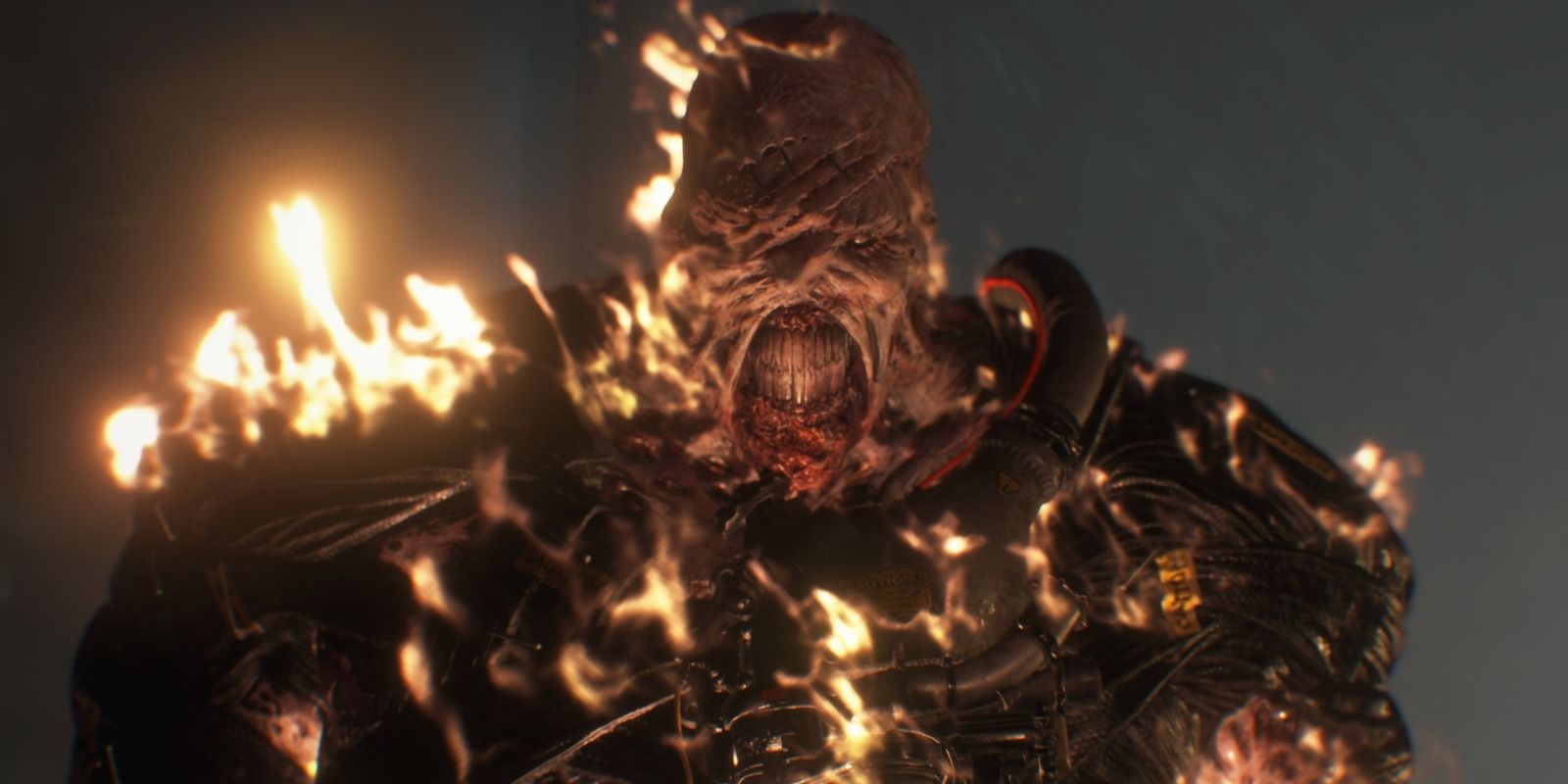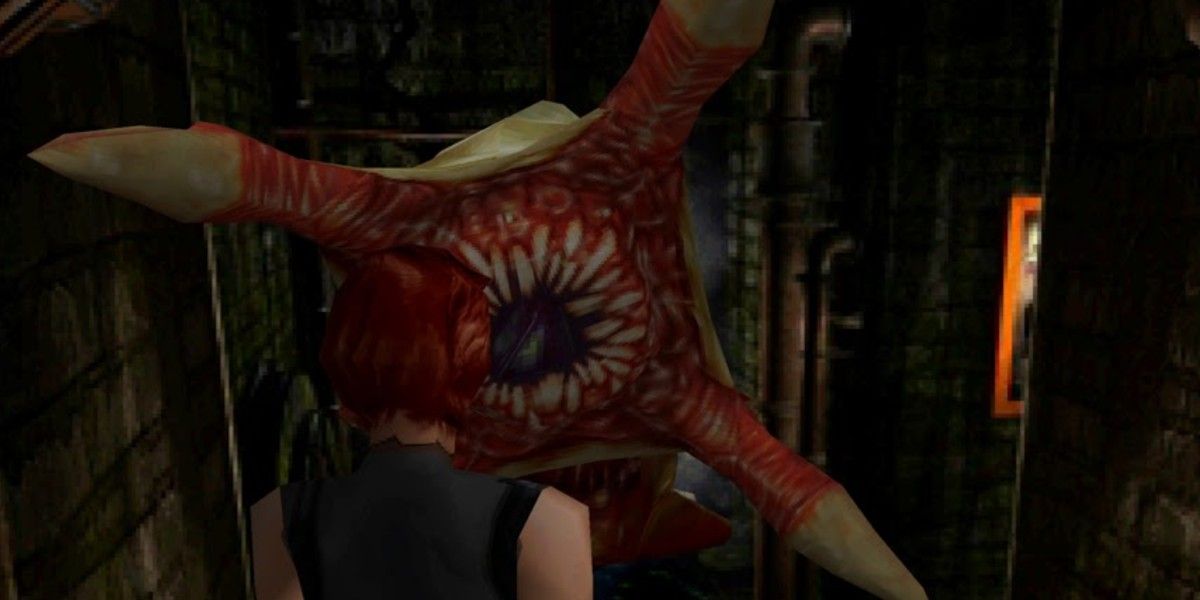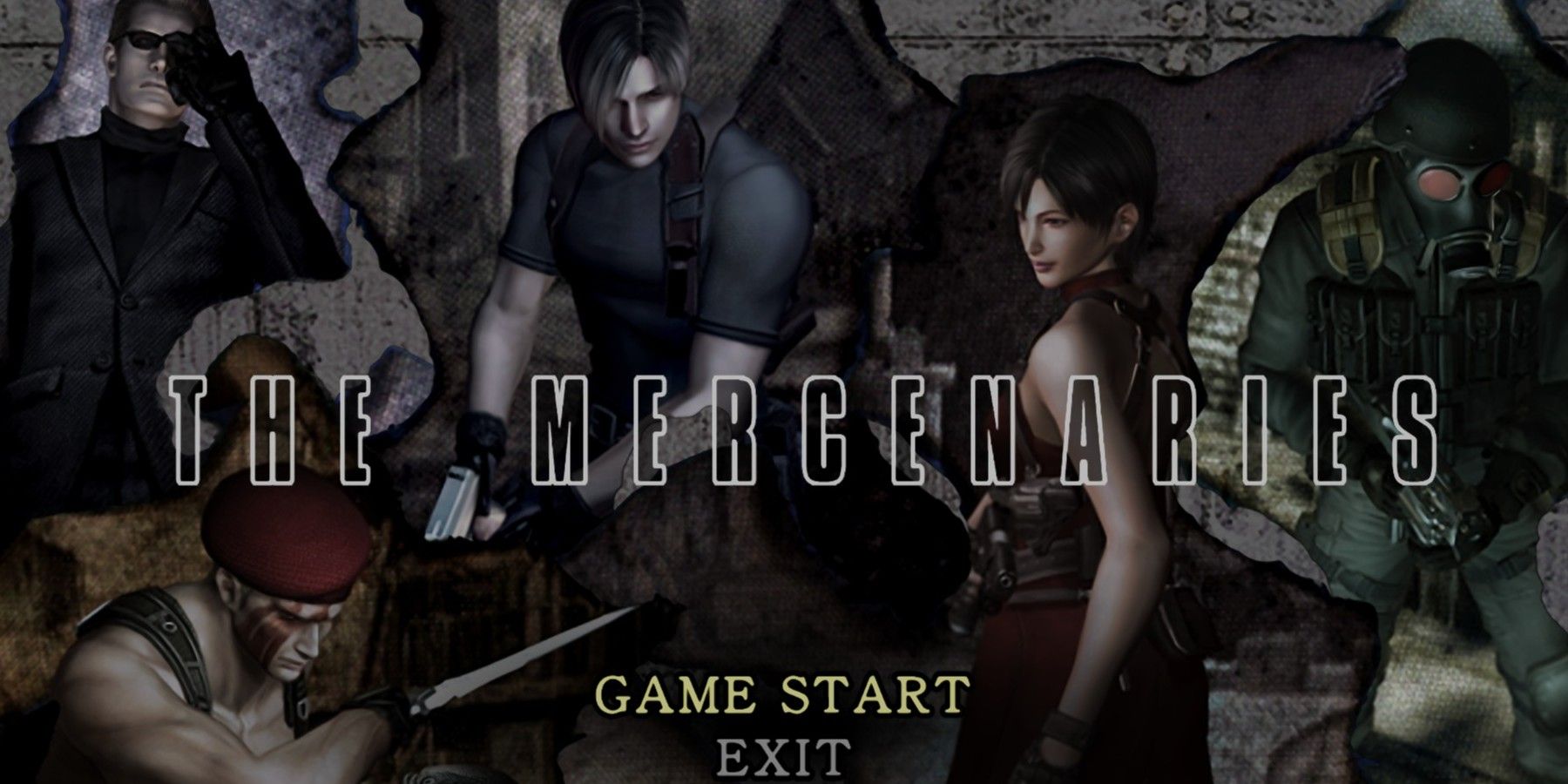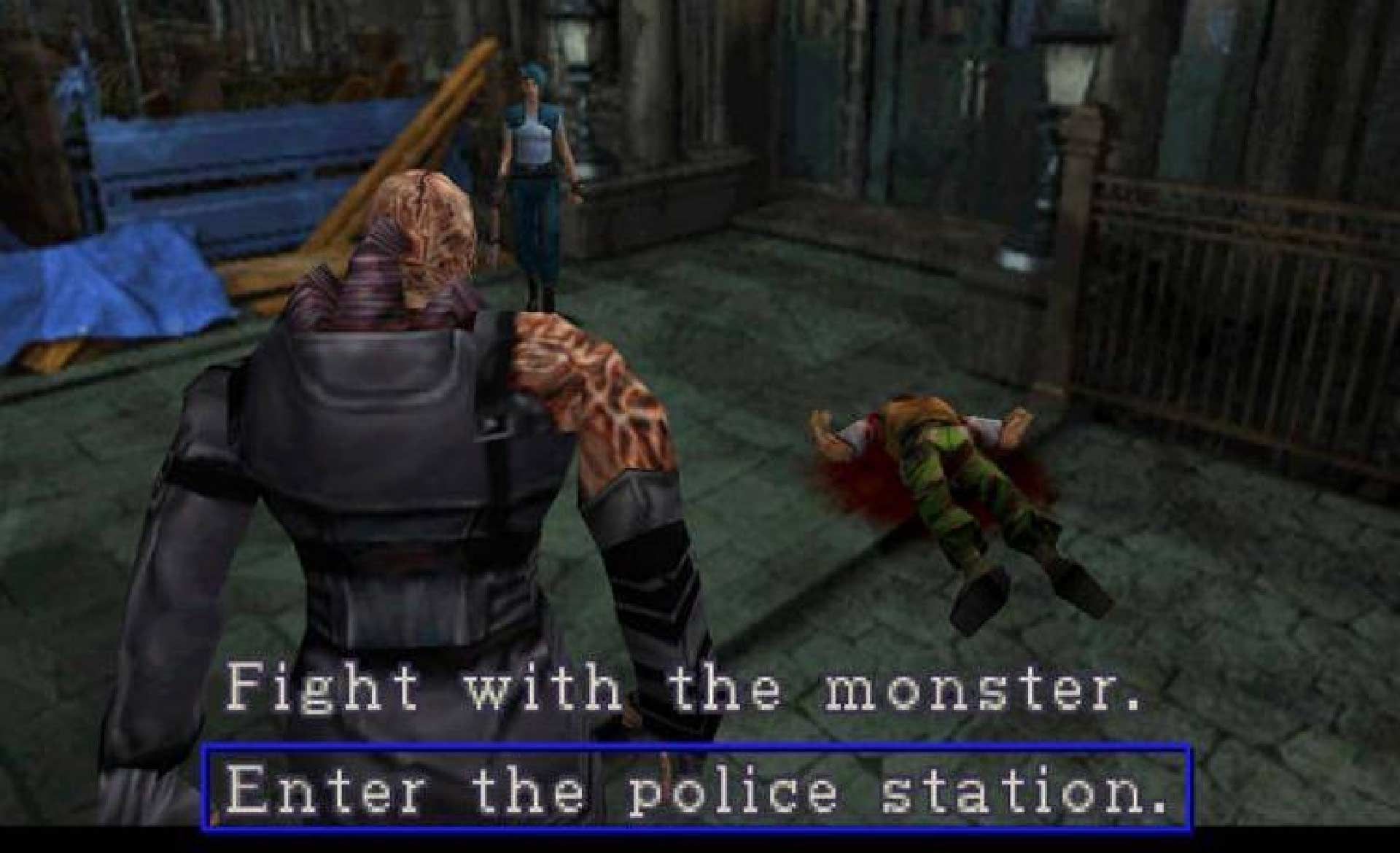The ensemble dark horse of the classic Resident Evil games, Resident Evil 3 made the most of leftover assets to create a thrilling roller-coaster ride, not only cementing the first installment's heroine, Jill Valentine, as a series mainstay but also creating one of the most iconic villains in gaming history with Nemesis.
Unfortunately, while the Resident Evil 3 remake is otherwise fine, it has fallen short of most fans' expectations compared to the highly acclaimed remake of Resident Evil 2 released the year before. The criticisms can be attributed to the fact that several major aspects of the original title were cut out of the remake, leading to a half-baked game.
Nemesis' Pursuit
The original PlayStation version of Resident Evil 3: Nemesis was named after the monster for a reason. Nemesis is a fast, deadly, intelligent and nearly unstoppable force of destruction that could chase the player at almost any point in the game, successfully killing STARS member Brad Vickers and slowly becoming more dangerous with periodic transformations.
In comparison, Nemesis in the remake only maintains this status within the first third of the game—because of a combination of cut locations, re-ordering of events, and the hastening of Nemesis' transformations, it has fewer opportunities to chase after Jill, with the few times that it does feeling far more scripted and situational than either the original or the previous game's Mr. X, who relentlessly chased Leon and Claire in multiple rooms for almost half the game.
Cut Locations and Bosses
The original Resident Evil 3: Nemesis was known for fleshing out the location of Raccoon City further than its predecessor, including visits to a Clock Tower, the City Hall, the Press Office, a Graveyard and an Incineration Disposal Plant, expanding upon Resident Evil 2's areas that were mostly restricted to sections of the city that were out-of-the-way of the public, such as the sewers, and an underground lab.
The remake of Resident Evil 3 ends up cutting out 90% of each of the listed locations if they are not gone entirely. This means that several famous encounters from the original game are removed or occur differently, with the fight against Nemesis not even taking place within the Clock Tower, and the whittling down of the Park leading to an entire boss fight with the Grave Digger worm never happening.
Mercenaries Mode
One of the most popular mini-games that has been a series mainstay since the third game is the unlockable "Mercenaries" mode, where the player can choose from a variety of popular Resident Evil characters with their own weapons and attributes as they try to navigate the map under a time limit, killing enemies to receive both points and add more seconds to the timer. The minigame became so popular with fans that it was brought back in later installments, even forming its own spin-off 3DS game with Resident Evil: The Mercenaries 3D.
The remake of 3 eschews the popular Mercenaries mode in favor of a multiplayer game called Resistance, where players choose a group of random Raccoon City citizens attempting to survive against hordes of T-Virus zombies and monsters controlled by a Mastermind Resident Evil villain such as Alex Wesker or Annette Birkin. This mode has received a tepid reception from fans, and a combination of matchmaking issues and the game's balance leaning heavily towards the Masterminds has lead to a quickly diminishing player base, making Resistance a poor replacement to "The Mercenaries."
Live Selection
A large factor to the original game's re-playability is the "Live Selection" feature. Jill is placed into a harrowing situation and is forced to choose between multiple branching paths that can either make things a lot easier or even more difficult. These choices can potentially help the player progress through the game more efficiently and even affect the story in subtle ways, such as deciding how Nikolai dies.
Capcom chose to remove the "Live Selection" in favor of a straightforward path to the finish, with neither Jill nor Carlos being given a particular choice to change how they approach a situation. While the "Live Selection" never amounted to much in the grand scheme of the game's story or events, it was still an interesting feature that can affect a player's final timed results, and Capcom missed its chance to make this aspect of the original game more compelling than it was.
Epilogues
The original Resident Evil 3: Nemesis had a small reward for diligent players: a compilation of epilogues that would detail what happened to other characters that survived the destruction of Raccoon City, even foreshadowing the events of Resident Evil: Code Veronica and Resident Evil 4 with Chris, Claire and Leon's epilogues. The main problem was that players would have to replay the game at least 8 times to receive all of them, a very time-consuming task for a mildly interesting tease to future titles.
Capcom had an opportunity to implement the epilogue rewards in a more entertaining and fun manner, perhaps rewarding a different ending the faster the game is completed, similarly to Metroid. Unfortunately, like most aspects of the Resident Evil 3 Remake, the epilogue system was cut for time, leading to another exasperating feeling of wasted potential.

